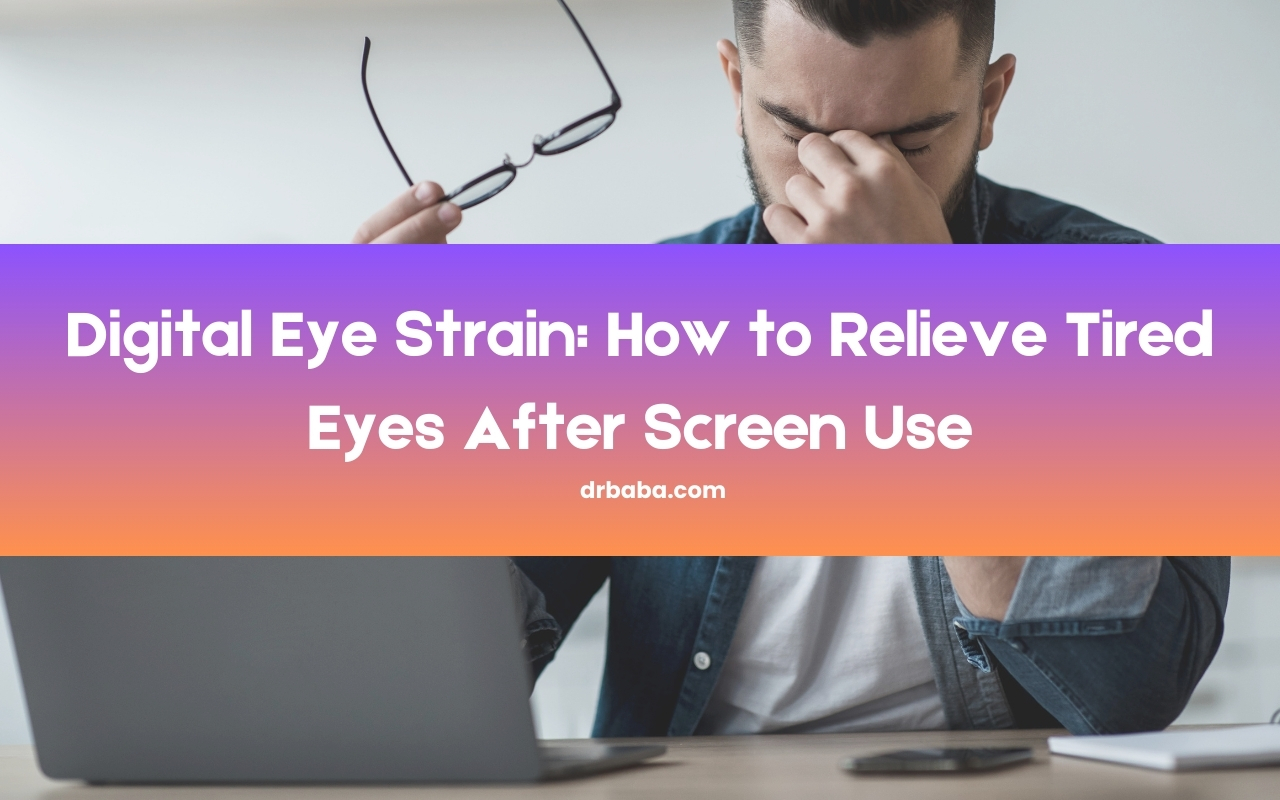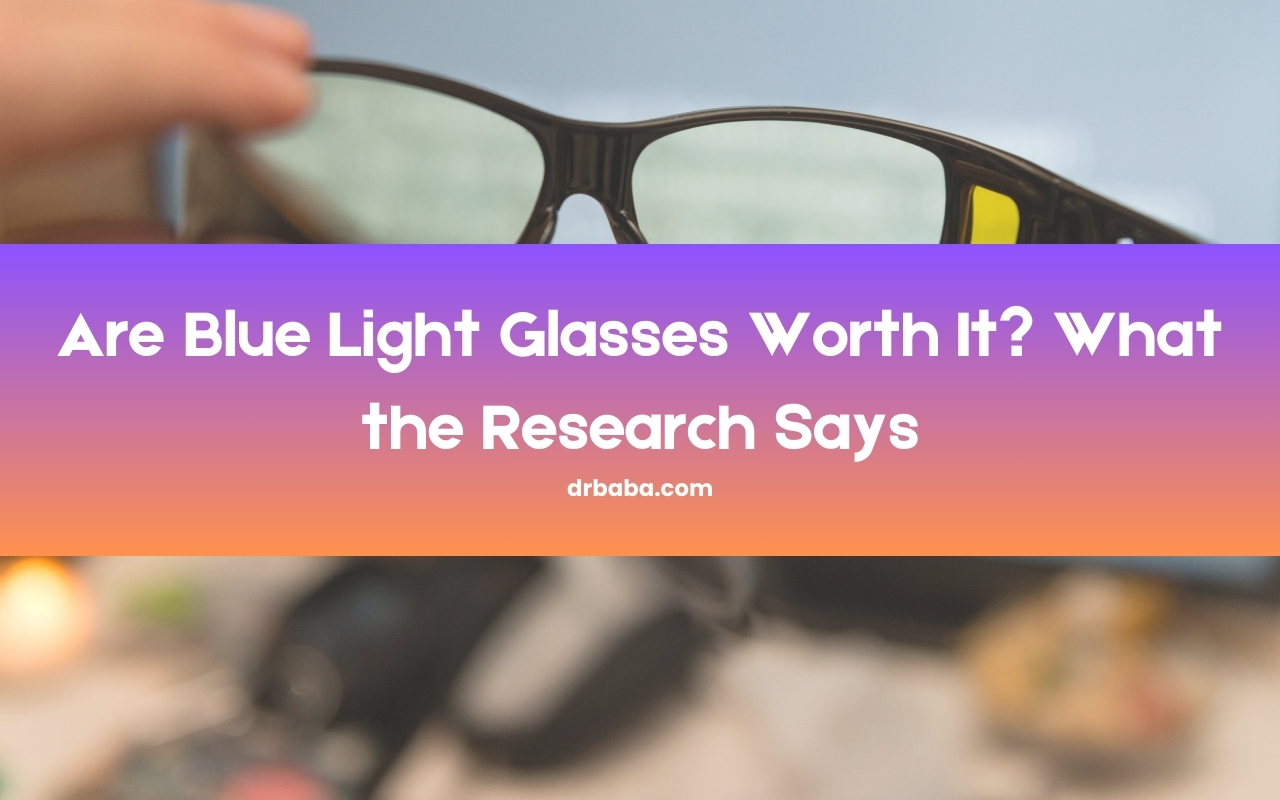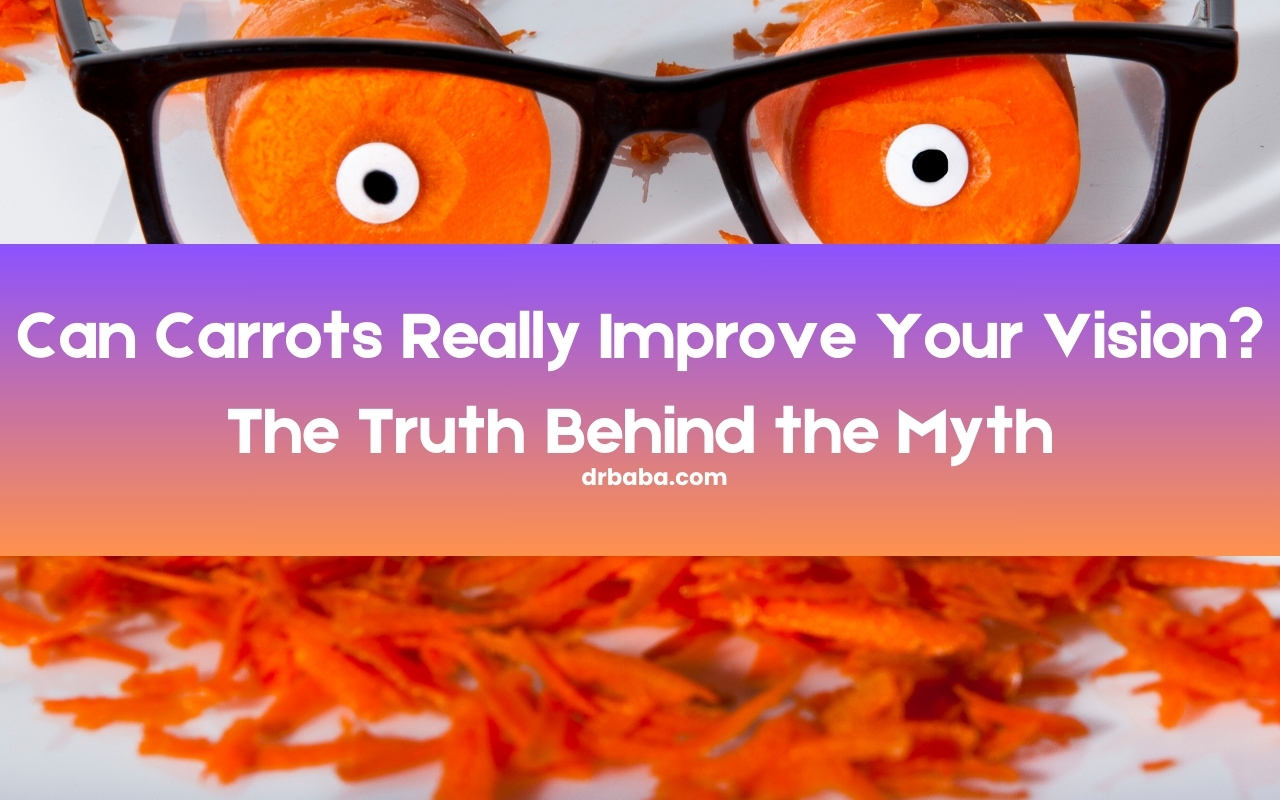
In today’s hyper-connected world, screen time has become an integral part of our daily lives. Whether working on a computer, scrolling through our smartphones, or watching TV, many people spend a substantial amount of their day glued to digital screens. According to recent studies, adults commonly engage in screen time that averages around 11 hours a day. This extended exposure can lead to a condition known as digital eye strain, often referred to as computer vision syndrome. Understanding its causes and symptoms is crucial for effectively managing and alleviating the discomfort associated with tired eyes.
Digital eye strain manifests through various symptoms, including eye fatigue, dryness, irritation, blurred vision, and persistent headaches. These symptoms arise from continuous focus on near-vision tasks, where the eyes are taxed from prolonged screen usage without adequate breaks. The reliance on digital screens has risen dramatically, especially in the context of remote work and online learning environments, making it increasingly important to address eye strain to maintain comfort and productivity.
The Causes of Digital Eye Strain
Several factors contribute to the onset of digital eye strain. Chief among them is the phenomenon of prolonged screen time—an unavoidable aspect of modern life. The simple act of staring at a screen for extended periods can lead to a significant reduction in the blink rate, which frequency drops to about half of what it normally would be. A healthy blink rate is vital as it helps keep the eyes moistened and free from irritation.
Additionally, screens emit blue light, a high-energy visible light that can contribute to eye fatigue. This type of light, often referred to as “digital light,” can interfere with the production of melatonin, thus impacting sleep patterns and leading to further tiredness in the eyes. Poor lighting conditions, whether too bright or too dim, can exacerbate the discomfort. If your workspace lacks optimal lighting, your eyes may struggle to focus, causing additional strain.
Moreover, the ergonomic setup of your workspace plays a crucial role in eye health. If your monitor is improperly positioned—either too close or too far from your eyes—it can force your eye muscles to work harder than necessary. Laptops, in particular, tend to be set up in ways that are less than ideal for eye health, as they often require you to look downward for prolonged periods.
Recognizing the Symptoms
Being able to identify the symptoms of digital eye strain is vital for taking action to alleviate discomfort. Common indicators include:
- Eye Fatigue: A feeling of tiredness in the eyes, especially after prolonged periods of screen time.
- Dry Eyes: A result of reduced blinking, leading to a lack of moisture and lubrication on the eye’s surface.
- Blurry Vision: Difficulty focusing on objects after staring at a screen for an extended time.
- Headaches: Often stemming from eye strain or tension related to poor posture during screen use.
- Neck and Shoulder Pain: Poor ergonomic setups can lead to muscle strain in the neck and shoulder areas, which can manifest alongside eye discomfort.
Understanding these symptoms can guide you in recognizing when it’s time to take proactive measures to alleviate your discomfort.
Effective Strategies to Relieve Digital Eye Strain
Relieving digital eye strain involves a combination of preventive measures and proactive strategies. Implementing these changes can significantly enhance your eye comfort and overall productivity while using screens.
1. Follow the 20-20-20 Rule
One of the most effective techniques for reducing digital eye strain is the 20-20-20 rule. This simple strategy involves taking a break every 20 minutes to look at something 20 feet away for at least 20 seconds. This allows your eye muscles to relax and helps mitigate the fatigue associated with prolonged focus on near objects. By incorporating this practice into your work routine, you can provide your eyes with necessary intervals of rest.
2. Maintain Proper Screen Distance
It’s essential to position your computer screen at a comfortable distance. Ideally, you should sit about 18 to 25 inches away from your monitor, roughly at arm’s length. Your screen should also be tilted slightly downward to ensure your eyes are in a natural position while viewing. This setup helps reduce the strain on the eye muscles that occurs when looking too closely at a screen.
3. Optimize Your Workspace Lighting
Adjusting the lighting in your workspace can significantly affect eye comfort. Ensure that your screen is the brightest light source in the room to avoid glare. Consider using anti-glare screens or filters to minimize reflections from windows and overhead lights, which can otherwise cause eye fatigue. If necessary, use adjustable desk lamps to provide adequate illumination when doing close work.
4. Blink More Often
Being aware of your blinking rate can help alleviate the dryness and irritation that often accompany extended screen time. Aim to consciously blink more frequently, as this will distribute moisture across your eyes and maintain comfort. Some eye care professionals recommend setting reminders to blink or incorporating eye exercises into your routine to keep your eyes well-lubricated.
5. Use Artificial Tears
For those who experience dryness or irritation, over-the-counter artificial tears can provide quick relief. These lubricating eye drops can help alleviate discomfort and keep your eyes moist. It’s advisable to choose preservative-free drops, as these are less likely to cause further irritation. If eye drops don’t alleviate your symptoms, consulting an eye care professional may be necessary for further evaluation.
6. Consider Blue Light-Blocking Glasses
Blue light-blocking glasses can be a worthwhile investment for individuals who spend significant time in front of screens. These specially designed lenses filter out a portion of blue light emitted from digital devices, potentially reducing eye strain and improving your overall comfort while using screens.
7. Take Regular Breaks
Incorporating regular breaks into your routine is not just beneficial for your eyes but also for your overall well-being. Stand up, stretch, or take short walks around your workspace. This not only promotes circulation but also helps relieve tension in your neck and shoulders. Implementing breaks into your day can enhance not only your eye health but also your productivity.
8. Ergonomics Matter
Reassessing the ergonomics of your workspace can provide immense relief from eye and body strain. Position your computer monitor at eye level and keep it about an arm’s length away. Ensure that your chair provides adequate support for your neck and back while encouraging good posture. Investing time in optimizing your workspace can lead to long-term benefits for your overall health.
9. Regular Eye Exams
Regular visits to your eye care professional are essential for maintaining eye health. During these check-ups, your doctor can provide guidance tailored to your specific needs, address any underlying issues, and recommend suitable corrective measures. Follow-up appointments should be scheduled based on your individual risk factors and lifestyle.
Conclusion
Digital eye strain is an increasingly prevalent issue in our screen-dominated world. However, by implementing proactive strategies and following expert recommendations, it is possible to alleviate discomfort and protect your eye health. Recognizing the symptoms and making adjustments to your screen time habits can significantly reduce the impact of eye strain. As we continue to embrace technology, prioritizing our eye health will empower us to navigate our digital lives more comfortably and efficiently.
Take the first step towards a more comfortable and healthier digital experience. Implement these strategies, stay mindful of your eye health, and remember that small changes can lead to significant improvements. By proactively managing your screen time and incorporating eye-care techniques into your daily routine, you can enjoy the benefits of technology without sacrificing your eye comfort.
For more insights and tips on managing digital eye strain, consider exploring resources like Mayo Clinic and Bailey Eye Care. These platforms provide valuable information that can aid in understanding how to protect your eyes in a digital world.

 In our increasingly visual world, where screens dominate much of our daily lives, ensuring the health of our eyes has never been more crucial. One of the most effective ways to achieve this is through the incorporation of antioxidants into our diet. Antioxidants are compounds that play a vital role in safeguarding our bodies from oxidative stress, which can lead to a range of health issues, including eye diseases. This article delves deeply into the role of antioxidants in protecting against various ocular conditions, highlighting their importance, sources, and the science behind their benefits.
In our increasingly visual world, where screens dominate much of our daily lives, ensuring the health of our eyes has never been more crucial. One of the most effective ways to achieve this is through the incorporation of antioxidants into our diet. Antioxidants are compounds that play a vital role in safeguarding our bodies from oxidative stress, which can lead to a range of health issues, including eye diseases. This article delves deeply into the role of antioxidants in protecting against various ocular conditions, highlighting their importance, sources, and the science behind their benefits. The relationship between nutrition and eye health has gained significant attention in recent years, particularly with the growing awareness of the essential nutrients that play a pivotal role in maintaining vision and preventing eye diseases. Among these, omega-3 fatty acids have emerged as a particularly vital component. This comprehensive article will explore the nuances of omega-3 fatty acids, their sources, their benefits for eye health, and how to incorporate them into your diet effectively.
The relationship between nutrition and eye health has gained significant attention in recent years, particularly with the growing awareness of the essential nutrients that play a pivotal role in maintaining vision and preventing eye diseases. Among these, omega-3 fatty acids have emerged as a particularly vital component. This comprehensive article will explore the nuances of omega-3 fatty acids, their sources, their benefits for eye health, and how to incorporate them into your diet effectively. The notion that carrots are magical in providing optimal eyesight has been ingrained in popular culture for generations. From parents urging children to eat their veggies to wartime propaganda, the tale of carrots enhancing vision has evolved into a widespread belief. Yet, as research and science advance, it’s important to peel back the layers of this myth and explore the truth behind it. This article delves deep into the connection between carrots and vision, examining the nutrients involved, the history of the myth, and what truly supports eye health.
The notion that carrots are magical in providing optimal eyesight has been ingrained in popular culture for generations. From parents urging children to eat their veggies to wartime propaganda, the tale of carrots enhancing vision has evolved into a widespread belief. Yet, as research and science advance, it’s important to peel back the layers of this myth and explore the truth behind it. This article delves deep into the connection between carrots and vision, examining the nutrients involved, the history of the myth, and what truly supports eye health. Maintaining good eye health is fundamental to enjoying a high quality of life, especially as we age. The eyes are intricately connected to our overall health, impacting our ability to perform daily activities, enjoy hobbies, and connect with others. Yet, many individuals overlook the critical nutrients necessary for optimal eye function. Understanding the essential vitamins and minerals that contribute to eye health and ensuring that we consume them in adequate amounts can make a significant difference in maintaining vision clarity and preventing common eye diseases.
Maintaining good eye health is fundamental to enjoying a high quality of life, especially as we age. The eyes are intricately connected to our overall health, impacting our ability to perform daily activities, enjoy hobbies, and connect with others. Yet, many individuals overlook the critical nutrients necessary for optimal eye function. Understanding the essential vitamins and minerals that contribute to eye health and ensuring that we consume them in adequate amounts can make a significant difference in maintaining vision clarity and preventing common eye diseases.